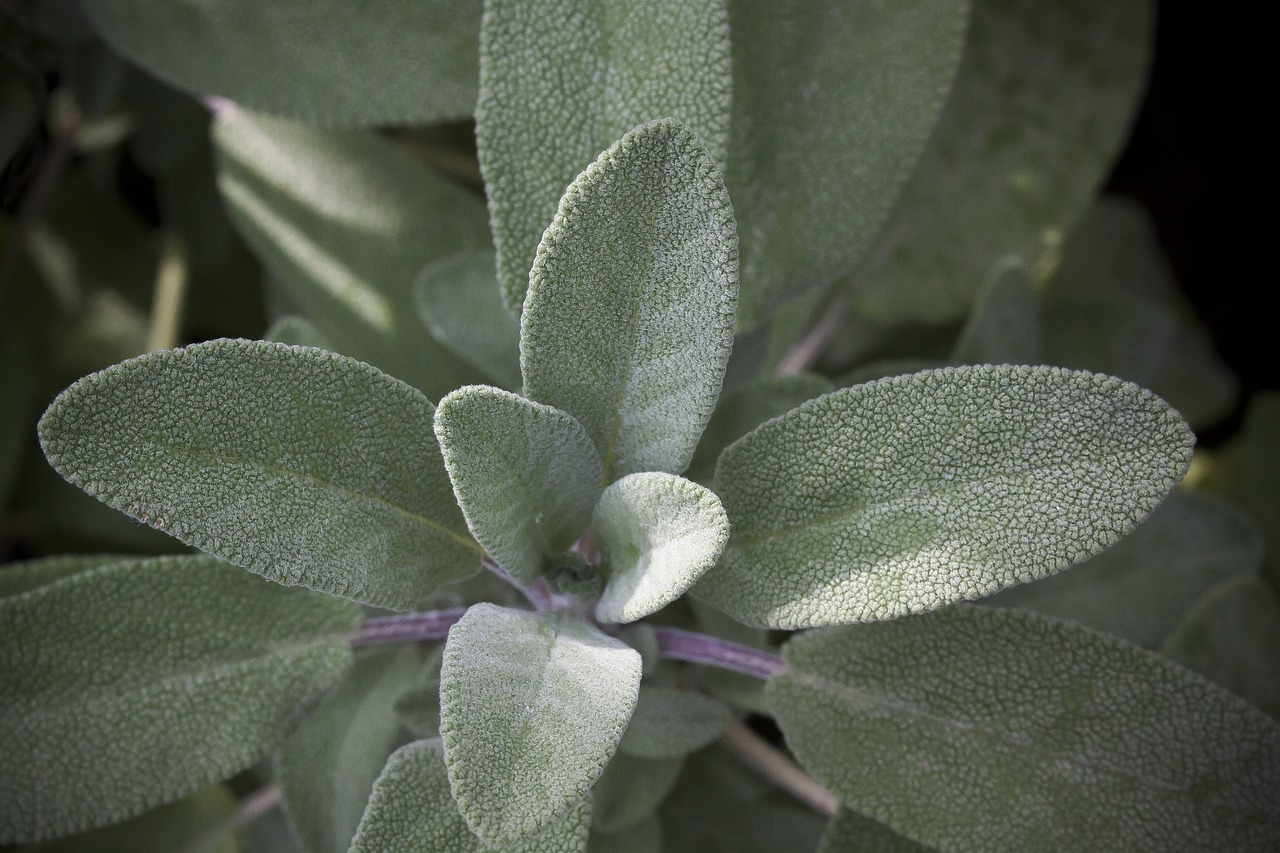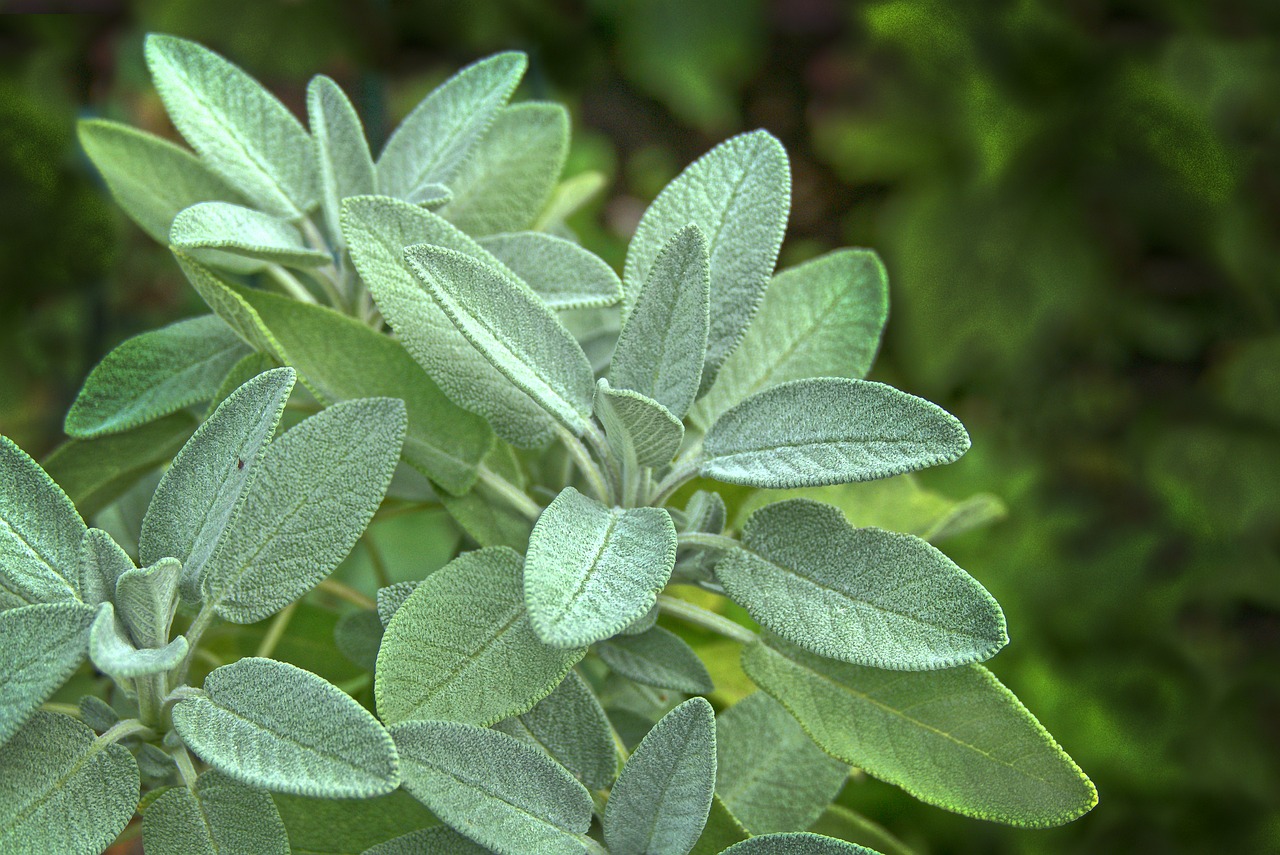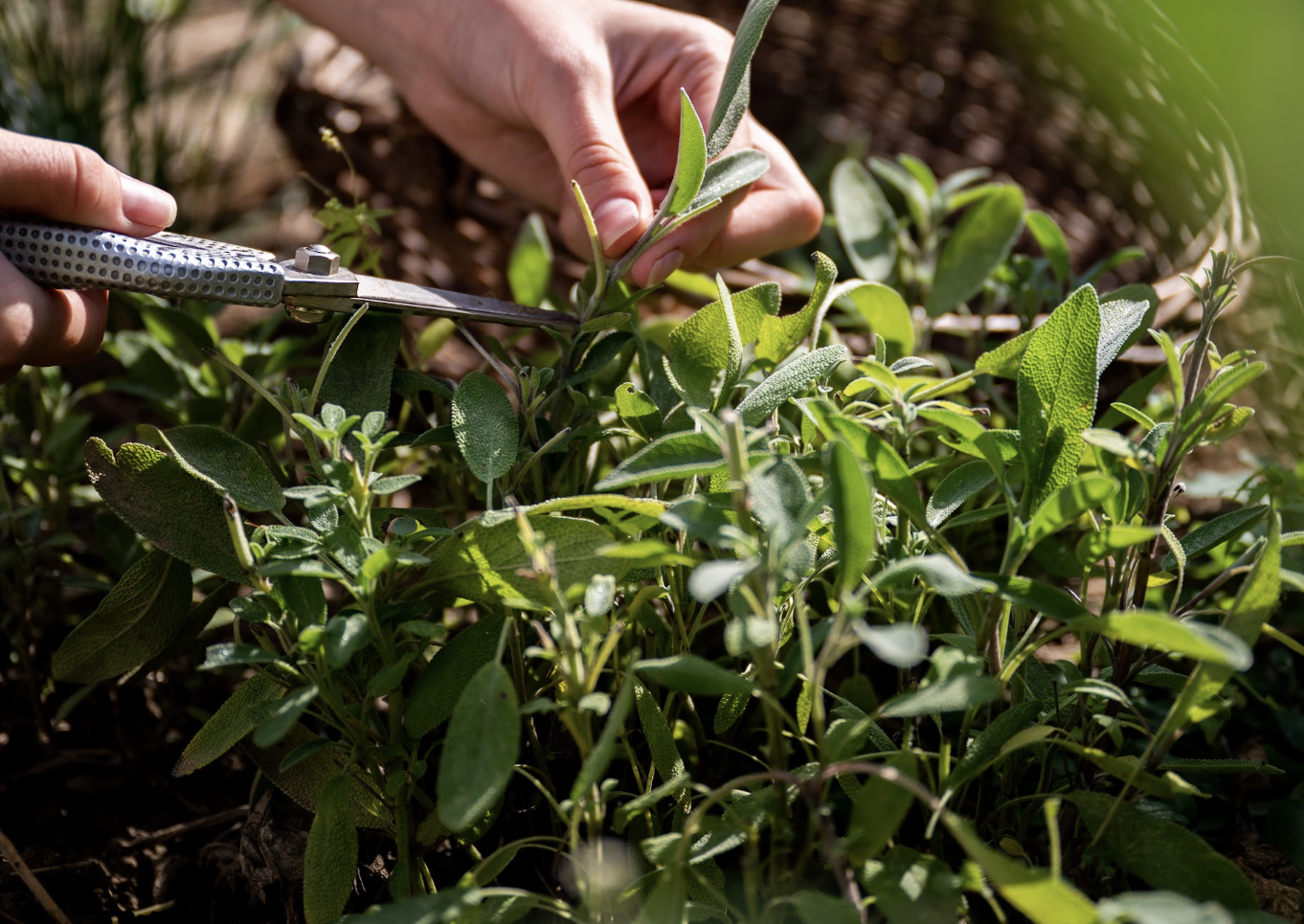
Growing Sage Plant: Tips for Sowing and Harvesting
Sage (Salvia) belongs to the Lamiaceae family and has been used in natural medicine for a long time. It can be used in a variety of ways and inspires many gardeners with its diversity of over 900 different species. It includes everything from annual and perennial shrubs to ornamental varieties with particularly beautiful, colorful flowers and leaves. Its aromatic leaves are used as a spice and medicinal herb.
This Article Contains:
Quick Overview
Growing Sage in Your Garden
- Light requirement: sunny
- Nutrient requirements: low
- Water requirement: low
- Soil: well-drained, poor
- Germination temperature: 5 to 18 °C/41 to 64 °F
- Sowing: Pre-cultivation on the windowsill from March/April, direct sowing after the Ice Saints
- Planting out: after the Ice Saints
- Sowing depth: 1 cm/0.4 in
- Planting distance: 30 x 50 cm/11.8 x 19.6 in
What Does Sage Plant Look Like?
The sage plant grows in clumps, which means that its numerous shoots grow close together and no runners are formed. The stems are square and become woody at the base over time. Depending on the variety, sage can grow to a height of up to 50 cm/19.7 in. Its elongated, hairy leaves grow out of the stem with a long stalk. Rubbing the leaves releases the essential oils and thus an aromatic, spicy scent. Depending on the variety, a well-established sage forms beautiful purple or sometimes pink to white flower clusters from May to September. The common garden sage (Salvia officinalis), also known as true sage or kitchen sage, is the most widespread type of sage.

Where to Plant Sage?
Sage plants originally come from the sunny Mediterranean region, so they like it warm and sunny. In its natural environment, sage grows in rocky, barren landscapes. The soil should therefore be loose and permeable so that water can drain away easily and there is no risk of waterlogging. Sage does not like soil that is too rich in nutrients. It prefers to grow and thrive in nutrient-poor and light sandy soil, although it also likes soil with a slight lime content. A loose garden soil with a mixture of loam and sand and a location that is as warm and sheltered from the wind as possible are particularly good conditions for sage. This is the best way to develop its aromas and taste. Of course, sage can also be grown in a pot on the balcony with a suitable substrate.
Sowing Sage: How It Works
Propagate Sage Seedlings
In our latitudes, the young plants must be grown in a warmer place. The seeds can be sown from March to April. To do this, they are pressed about 1 cm/0.4 in deep into nutrient-poor potting compost or herb soil. The seeds must now be kept moist regularly. To keep the soil moist for longer, you can put a small glass or foil over the soil at the beginning. The first small seedlings should appear after 7 to 14 days. After the last frosts and acclimatization to the external climatic conditions and sunlight, the young plants can then be moved outdoors.

Sow Sage Directly
Direct sowing in the open ground is only possible after the Ice Saints . In order to prepare the bed well, sites that are too sandy should be enriched with compost and soils that are too heavy should be mixed with sand. Before sowing, the bed should be deeply loosened and cleared of weeds so that your sage seedlings have no competition at the start of their gardening career. Now sow the seeds 1 cm/0.4 in deep. You can keep a distance of 30 to 40 cm/11.8 to 15.7 in from the other seeds or plants so that you don't have to separate them later.
Planting Out Sage Offshoots: How It Works
Planting young plants is better suited to our climatic conditions. This gives the sage a head start and enough time to settle into the garden before the cold season arrives. To give the young plant enough time to get used to its new environment, it is best to plant it out in late spring after the last frosts (mid-May). This will give it time to take root in the soil throughout the summer. When planting, you should ensure that the soil is optimally prepared, as described above. Then insert the pot ball. Only plants with very woody shoots should be planted deeper. Sage needs about 30 cm/11.8 in of space from its nearest companions. It combines well with other Mediterranean herbs in a mixed culture or Herb Spiral.
You can find out How to Make Your Own Sage Offshoots in this article. You can also find tips on overwintering and pruning sage here.
Is Sage Hardy?
Most sage varieties are hardy, but a few sensitive varieties should be kept indoors for the winter. These include exotic, fruity varieties such as honeydew melon sage (Salvia elegans) or pineapple sage (Salvia rutilans). These species must overwinter in a pot in a bright and cool place indoors.

Companion Plants for Sage
Sage is a valuable plant in a Mixed Culture. Its flowers provide food for bees and insects. Its essential oils keep unwanted guests away and thus protect its companions from infestation.
- Good companions: lavender, oregano, rosemary, olive herb, savory, cauliflower, broccoli, bush bean, Chinese cabbage, pea, fennel, kale, kohlrabi, head cabbage, cress, lemon balm, carrots, pak choi, palm kale, marigold, Brussels sprouts, runner bean, thyme, savoy cabbage
- Bad companions: basil, dill, endive, lamb's lettuce, cucumber, lovage, lettuce, gooseberry, Jerusalem artichoke

You Want to Plan a Bed With Sage?
With our digital garden planner, you can easily plan a diverse mixed crop. Companion plants are displayed directly and you get tips on succession planting and crop rotation!
Plan Your Bed NowHarvesting Sage Correctly
The best time to harvest sage is in summer, shortly before or at the beginning of flowering, as this is when it has the highest content of active ingredients and the most intense aroma. To harvest the sage, cut off the tips of the shoots just above a leaf axil. The sage will then simply continue to grow and branch out where it has been cut.

Drying Sage
To dry sage, harvested shoot tips are tied together and hung upside down. You should choose a shady, well-ventilated place to dry. If the leaves are exposed to direct sunlight, they will turn brown and dry out. Depending on the outside temperature, the tips of the twigs will be dry after two to four weeks. These dried leaves can then be used as a tea or spice. Alternatively, you can also freeze the sage to preserve it.
I hope you feel like planting your own sage in your garden. If you have any questions or comments, please write to us at magazin@fryd.app.
Want to get helpful gardening tips all year round and plan your own beds in the best possible way? Then register here or download the Fryd app for Android or iOS.
Fryd - Your digital bed planner
Cover picture by Stefan Schweihofer on Pixabay.
Marie
Current Topics in the Community

#red , #tuesday

Liked 1 times
#testpostcount

Dec 2025
Popular Articles

Companion Plants for Carrots: What (Not) to Plant With Carrots

Companion Plants for Celery : What (Not) to Plant With Celery?

Strawberry Types: List of Best Strawberry Varieties

Companion Planting With Strawberries: Companion Plants and Planting Plan

Basil Varieties & Types at a Glance

What to Plant With Cabbage: Good and Bad Companion Plants

Fertilizing Strawberries: Home Remedies & Natural Fertilizers at a Glance

Growing Sweet Potatoes: Tips on Cultivation & Companion Plants

Companion Plants for Kitchen Herbs: Chives, Parsley & Co

What Herbs Can Be Planted Together?
FAQ
What does a sage plant look like?
Sage has soft, grayish-green leaves with a slightly fuzzy texture. It can grow into a small bush. You can see a picture in this article.
Sage is best planted in spring after the last frost.
How to harvest sage without killing it?
Harvest by cutting a few leaves or sprigs from the top without removing more than one-third of the plant.
Where to plant sage and what to plant with sage?
Plant sage in a sunny, well-drained spot. It pairs well with rosemary, thyme, and cabbage.